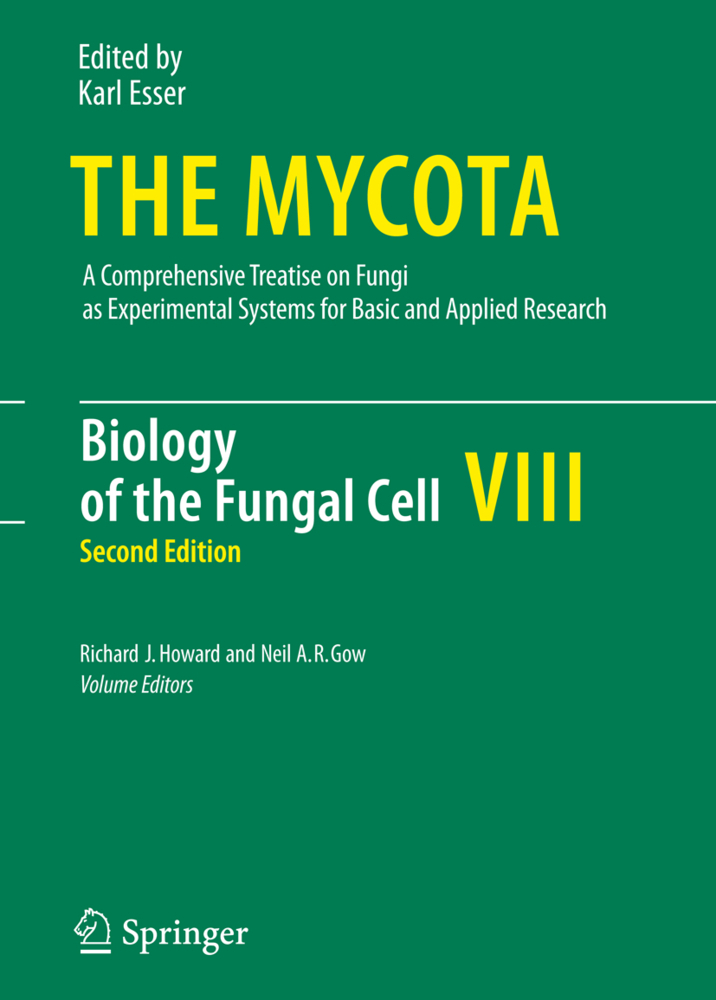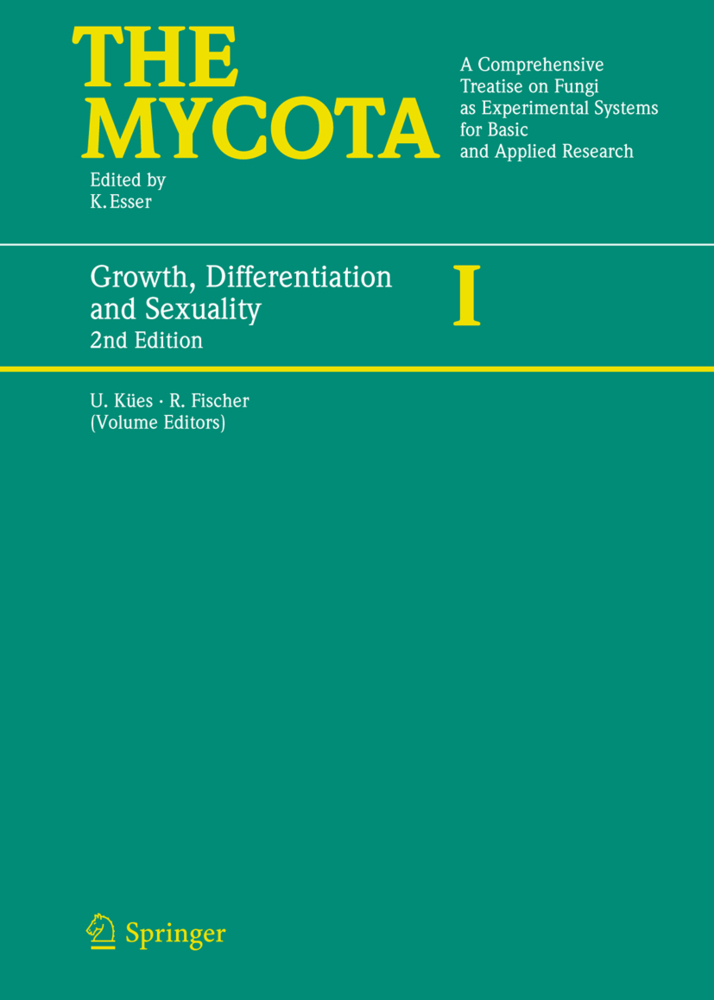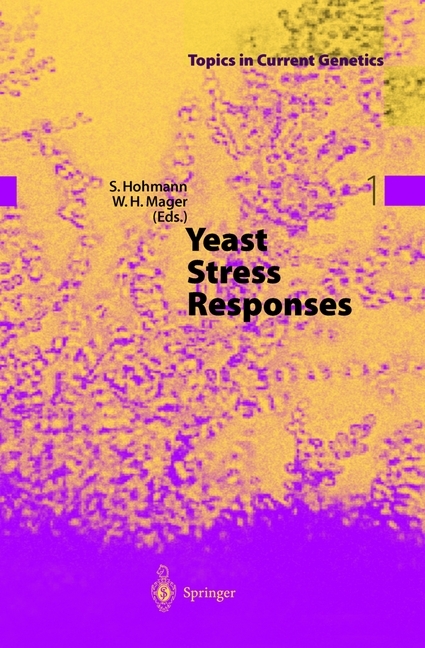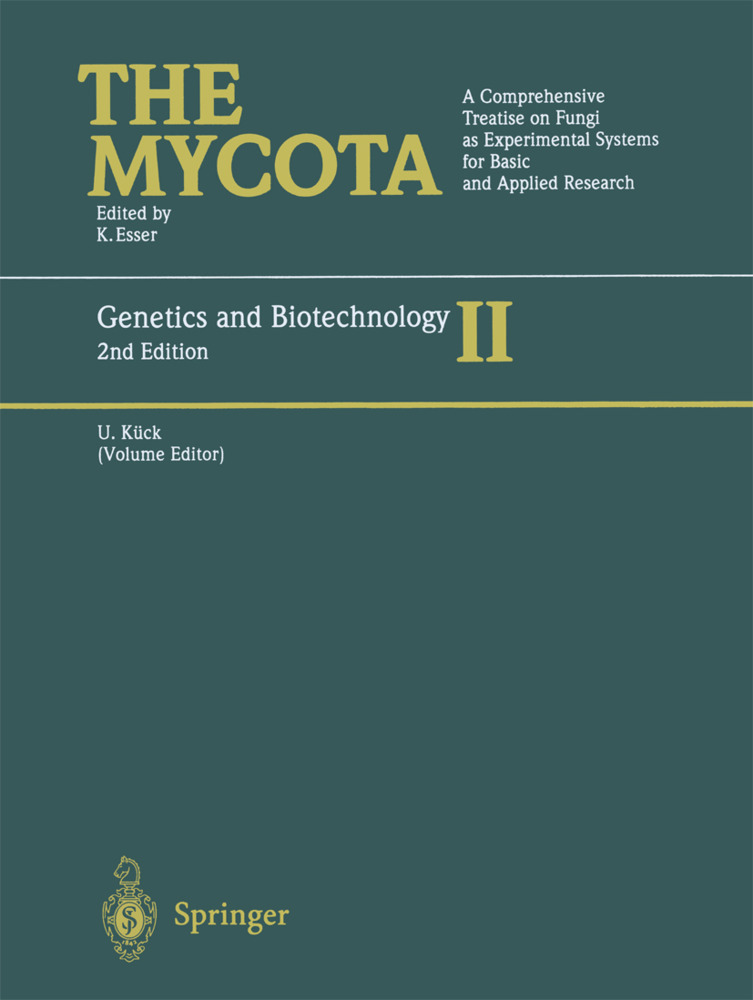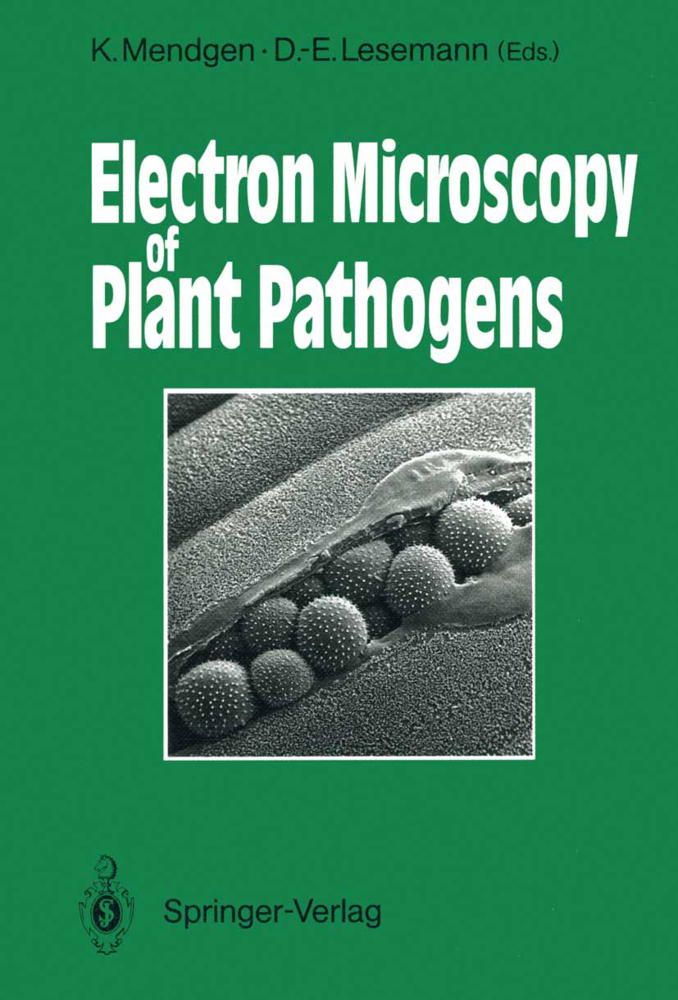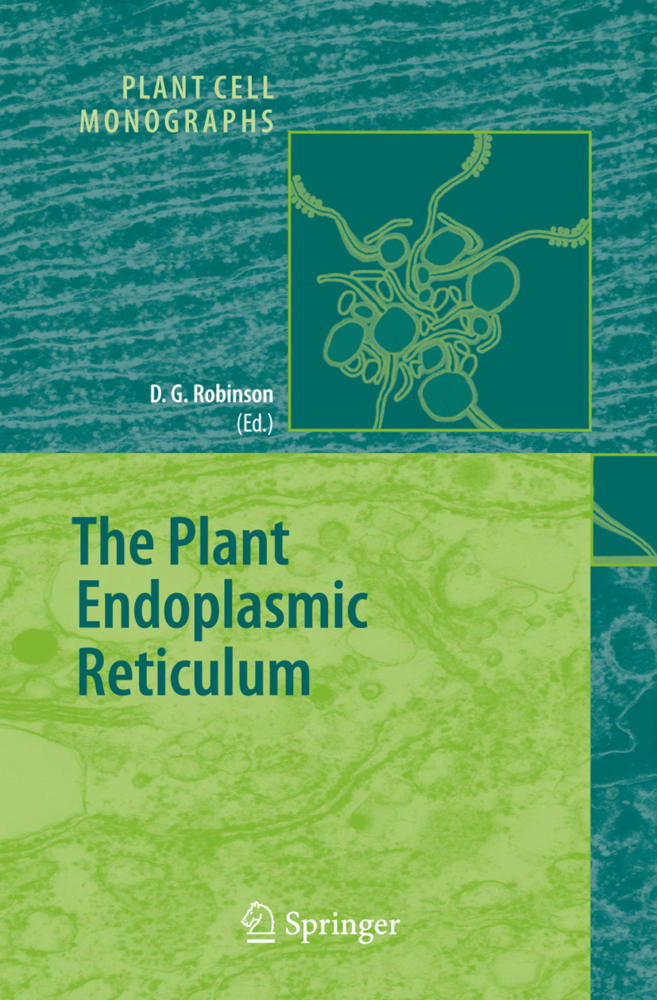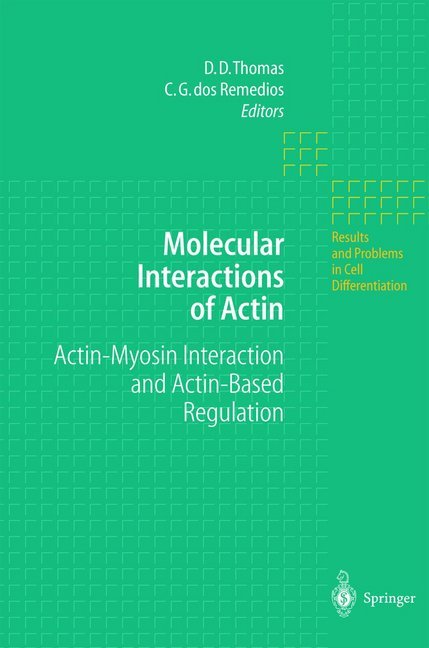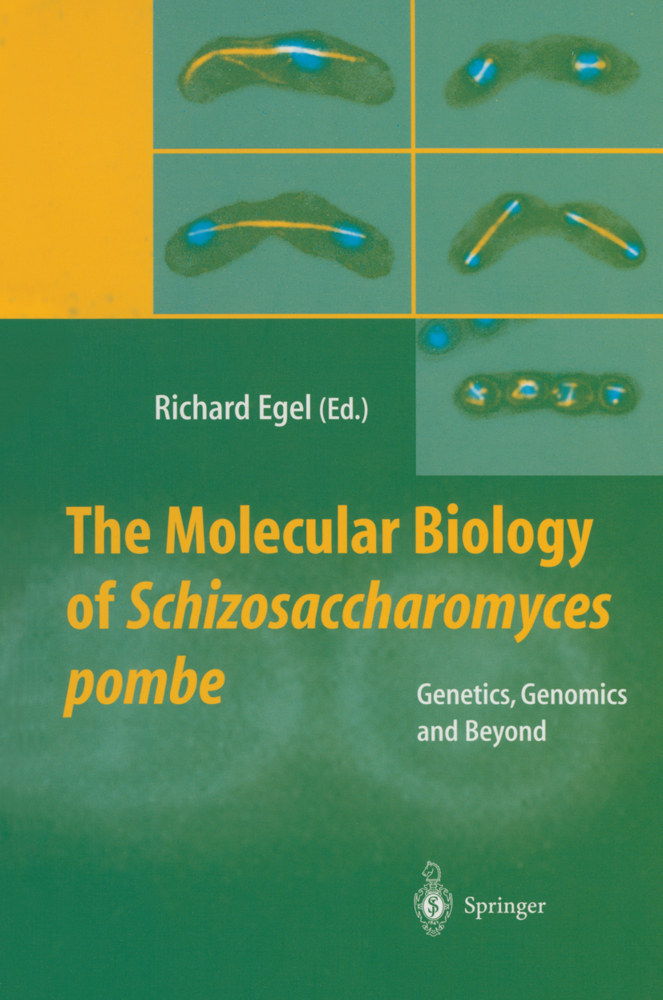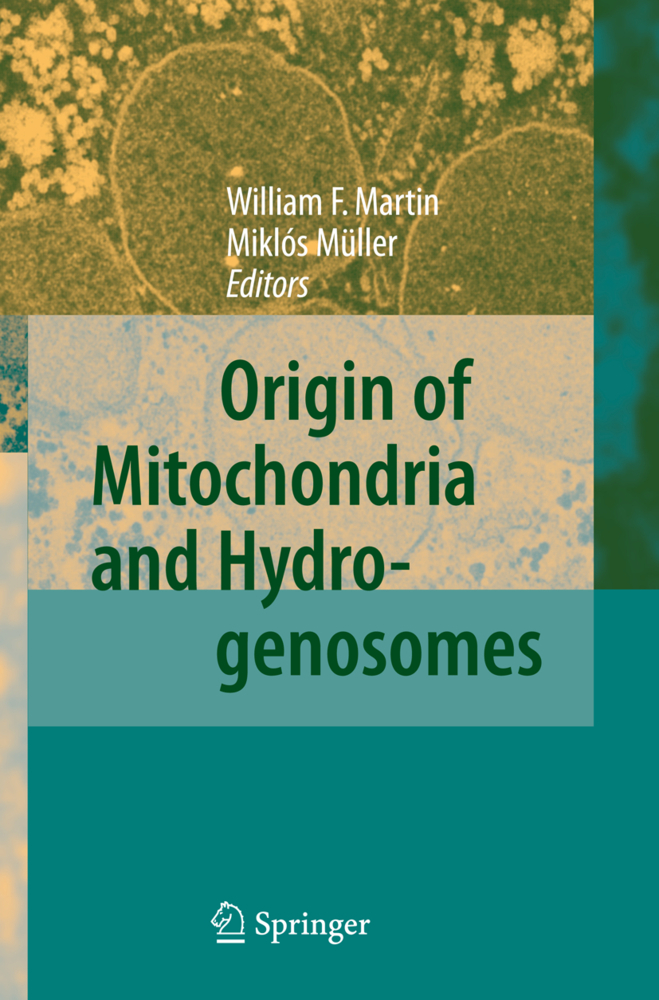Biology of the Fungal Cell
Biology of the Fungal Cell
Mycology, the study of fungi, originated as a subdiscipline of botany and was a descr- tive discipline, largely neglected as an experimental science until the early years of this century. A seminal paper by Blakeslee in 1904 provided evidence for sel?ncompatib- ity, termed heterothallism , and stimulated interest in studies related to the control of sexual reproduction in fungi by mating-type speci?cities. Soon to follow was the demonstration that sexually reproducing fungi exhibit Mendelian inheritance and that it was possible to conduct formal genetic analysis with fungi. The names Burgeff, Kniep and Lindegren are all associated with this early period of fungal genetics research. These studies and the discovery of penicillin by Fleming, who shared a Nobel Prize in 1945, provided further impetus for experimental research with fungi. Thus began a period of interest in mutation induction and analysis of mutants for biochemical traits. Such fundamental research, conducted largely with Neurospora crassa,led to theone gene: one enzyme hypothesis and to a second Nobel Prize for fungal research awarded to Beadle and Tatum in 1958. Fundamental research in biochemical genetics was extended to other fungi, especially to Saccharomyces cerevisiae, and by the mid-1960s fungal systems were much favored for studies in eukaryotic molecular biology and were soon able to compete with bacterial systems in the molecular arena.
The Fungal Woronin Body
A Molecular and Genomic View of the Fungal Cell Wall
The Cytoskeleton and Polarized Growth of Filamentous Fungi
Polarised Growth in Fungi
Signal Transduction and Morphogenesis in Candida albicans
Mating in Candida albicans and Related Species
Ions Regulate Spore Attachment, Germination, and Fungal Growth
Biomechanics of Invasive Hyphal Growth
Cell Biology of Fungal and Oomycete Infection of Plants
Fair Trade in the Underworld: the Ectomycorrhizal Symbiosis
Network Organisation of Mycelial Fungi.
The Endomembrane System of the Fungal Cell
Motile Tubular Vacuole SystemsThe Fungal Woronin Body
A Molecular and Genomic View of the Fungal Cell Wall
The Cytoskeleton and Polarized Growth of Filamentous Fungi
Polarised Growth in Fungi
Signal Transduction and Morphogenesis in Candida albicans
Mating in Candida albicans and Related Species
Ions Regulate Spore Attachment, Germination, and Fungal Growth
Biomechanics of Invasive Hyphal Growth
Cell Biology of Fungal and Oomycete Infection of Plants
Fair Trade in the Underworld: the Ectomycorrhizal Symbiosis
Network Organisation of Mycelial Fungi.
Howard, Richard J.
Gow, Neil A.R.
| ISBN | 978-3-642-08955-8 |
|---|---|
| Artikelnummer | 9783642089558 |
| Medientyp | Buch |
| Auflage | 2nd ed. |
| Copyrightjahr | 2010 |
| Verlag | Springer, Berlin |
| Umfang | XX, 341 Seiten |
| Abbildungen | XX, 341 p. |
| Sprache | Englisch |

